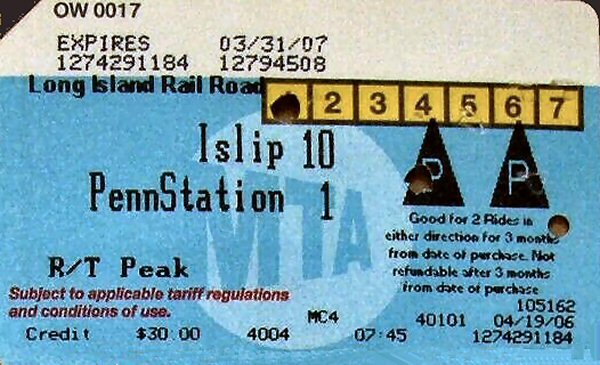

Can someone tell me how these are obtained and work? Thank you.
Railroad Forums
Moderator: Liquidcamphor


GirlOnTheTrain wrote: ↑Fri Apr 23, 2021 11:38 pm The bottom ticket is also a Metrocard on the reverse - but given some guestimation based on the fact that a peak fare between Islip and Penn in 2021 (not that they're charging peak fares these days) is $19.75, there probably was no value encoded onto the card by LIRR based on that transaction price. Someone who has fare tables from 2006 can correct me, but I'm working off the educated guess that then a peak fare was $15 each way. Also - metrocards printed on railroad ticket stock are hot garbage.Yes, $15 each way. What is "..hot garbage.."? Thanks
